علت سوختگی پای نوزاد و راه درمان آن
پوست نوزاد بسیار ظریف و حساس است و همین امر باعث میشود پوست نوزاد به دلیل پوشک کردن های مداوم دچار التهاب و بیماری رایج سوختگی شود.
پوشک فضای گرم و مرطوبی را به وجود می آورد که باعث ایجاد تحریکات پوستی میشود. اگر پوشک به موقع تعویض نشود شرایط بدتری را برای نوزاد به وجود آورد.
گاهی اوقات ممکن است سوختگی پای نوزاد ناشی از دندان درآوردن باشد.
همزمان با دندان در آوردن سیستم گوارشی نوزاد به هم میریزد و ممکن است باعث ایجاد اسهال شود و این امر منجر به سوختگی میشود.
بهترین راه برای جلوگیری از ادرار سوختگی این است که پوشک نوزاد را به موقع تعویض کنید .هرچند وقت یکبار زیرانداز پهن کنید و بدون پوشک کردن اجازه دهید کودک کمی هوا بخورد.
از پاک کننده ها و شوینده های ملایم برای شستن کودک استفاده کنید.
ممکن است سوختگی پای نوزاد به علت حساسیت به نوع خاصی پوشک باشد . در این مواقع از برند های پوشک دیگری استفاده کنید.
برای درمان سوختگی پای نوزاد از کرم های سوختگی استفاده کنید
سودوکرم - Sudocrem
سودوکرم یکی از انواع کرم های سوختگی است پای نوزاد است که بسیار تاثیرگذار و مسمرثمر است.
کرم سوختگی سودوکرم حاوی زینک اکساید و کاربرد اصلی آن برای سوختگی پای نوزاد میباشد.
اما به جز این مورد در بزرگسالان نیز برای درمان بیماری هایی مثل اگزما ، زخم بستر ، آکنه ، آفتاب سوختگی و سوختگی های دیگر استفاده میشود.
برای استفاده از این کرم ابتدا محل مورد نظر را کاملا تمیز و خشک کنید .مقداری از کرم را روی محل مورد نظر بزنید و ماساژ دهید این کار را هرروز تا بهبود کامل انجام دهید.
Diaper Rash and It's Treatment Method
Diaper rash is a common form of inflamed skin (dermatitis) that appears as a patchwork of bright red skin on your baby's bottom.
Diaper rash is often related to wet or infrequently changed diapers, skin sensitivity, and chafing. It usually affects babies, though anyone who wears a diaper regularly can develop the condition.
Diaper rash can alarm parents and annoy babies. But it usually clears up with simple at-home treatments, such as air drying, more frequent diaper changes and ointment.
Symptoms
Diaper rash is characterized by the following:
- Skin signs: Diaper rash is marked by red, tender-looking skin in the diaper region — buttocks, thighs and genitals.
- Changes in your baby's disposition: You may notice your baby seems more uncomfortable than usual, especially during diaper changes. A baby with a diaper rash often fusses or cries when the diaper area is washed or touched.
When to see a doctor
If your baby's skin doesn't improve after a few days of home treatment, talk with your doctor. Sometimes, you'll need a prescription medication to treat diaper rash.
Have your child examined if the rash:
- Is severe or unusual
- Gets worse despite home treatment
- Bleeds, itches or oozes
- Causes burning or pain with urination or a bowel movement
- Is accompanied by a fever
Causes
Diaper rash can be traced to a number of sources, including:
- Irritation from stool and urine:
Prolonged exposure to urine or stool can irritate a baby's sensitive skin. Your baby may be more prone to diaper rash if he or she is experiencing frequent bowel movements or diarrhea because feces are more irritating than urine. - Chafing or rubbing:
Tightfitting diapers or clothing that rubs against the skin can lead to a rash. - Irritation from a new product:
Your baby's skin may react to baby wipes, a new brand of disposable diapers, or a detergent, bleach or fabric softener used to launder cloth diapers. Other substances that can add to the problem include ingredients found in some baby lotions, powders and oils. - Bacterial or yeast (fungal) infection:
What begins as a simple skin infection may spread to the surrounding region. The area covered by a diaper — buttocks, thighs and genitals — is especially vulnerable because it's warm and moist, making a perfect breeding ground for bacteria and yeast. These rashes can be found within the creases of the skin, and there may be red dots scattered around the creases. - Introduction of new foods:
As babies start to eat solid foods, the content of their stool changes. This increases the likelihood of diaper rash. Changes in your baby's diet can also increase the frequency of stools, which can lead to diaper rash. If your baby is breast-fed, he or she may develop diaper rash in response to something the mother has eaten. - Sensitive skin:
Babies with skin conditions, such as atopic dermatitis or seborrheic dermatitis (eczema), may be more likely to develop diaper rash. However, the irritated skin of atopic dermatitis and eczema primarily affects areas other than the diaper area. - Use of antibiotics:
Antibiotics kill bacteria — the good kinds as well as the bad. When a baby takes antibiotics, bacteria that keep yeast growth in check may be depleted, resulting in diaper rash due to yeast infection. Antibiotic use also increases the risk of diarrhea. Breast-fed babies whose mothers take antibiotics are also at increased risk of diaper rash.
Prevention
The best way to prevent diaper rash is to keep the diaper area clean and dry. A few simple strategies can help decrease the likelihood of diaper rash developing on your baby's skin.
- Change diapers often:
Remove wet or dirty diapers promptly. If your child is in child care, ask staff members to do the same. - Rinse your baby's bottom with warm water as part of each diaper change:
You can use a sink, tub or water bottle for this purpose. Moist washcloths, cotton balls and baby wipes can aid in cleaning the skin, but be gentle. Don't use wipes with alcohol or fragrance. If you wish to use soap, select a mild, fragrance-free type. - Gently pat the skin dry with a clean towel or let it air dry:
Don't scrub your baby's bottom. Scrubbing can further irritate the skin. - Don't overtighten diapers:
Tight diapers prevent airflow into the diaper region, which sets up a moist environment favorable to diaper rashes. Tight diapers can also cause chafing at the waist or thighs. - Give your baby's bottom more time without a diaper:
When possible, let your baby go without a diaper. Exposing skin to air is a natural and gentle way to let it dry. To avoid messy accidents, try laying your baby on a large towel and engage in some playtime while he or she is bare-bottomed. - Consider using ointment regularly:
If your baby gets rashes often, apply a barrier ointment during each diaper change to prevent skin irritation. Petroleum jelly and zinc oxide are the time-proven ingredients in many diaper ointments. - After changing diapers, wash your hands well:
Hand-washing can prevent the spread of bacteria or yeast to other parts of your baby's body, to you or to other children.
In the past, it was common to use powders, such as cornstarch or talcum powder, to protect a baby's skin and absorb excess moisture. Doctors no longer recommend this. Inhaled powder can irritate a baby's lungs.
Cloth or disposable diapers?
Many parents wonder about what kind of diapers to use. When it comes to preventing diaper rash, there's no compelling evidence that cloth diapers are better than disposable diapers or vice versa.
Because there's no one best diaper, use whatever works for you and your baby. If one brand of disposable diaper irritates your baby's skin, try another. If the laundry soap you use on cloth diapers seems to cause a diaper rash, switch products.
Whether you use cloth diapers, disposables or both kinds, always change your baby as soon as possible after he or she wets or soils the diaper to keep the bottom as clean and dry as possible.
Washing cloth diapers
If you use cloth diapers, careful washing can help prevent diaper rash. Washing methods vary and many routines work well. They key is to clean, disinfect and remove soap residue. Here's one effective method:
- Pre-soak heavily soiled cloth diapers in cold water.
- Wash diapers in hot water with a mild detergent and bleach. Bleach kills germs. You could also add vinegar to the wash cycle to eliminate odors and rinse out soap residue.
- Double rinse the diapers in cold water to remove traces of chemicals and soap.
- Skip fabric softener and dryer sheets because they can contain fragrances that may irritate your baby's skin.
Treatment
The best treatment for diaper rash is to keep your baby's skin as clean and dry as possible. If your baby's diaper rash persists despite home treatment, your doctor may prescribe:
- A mild hydrocortisone (steroid) cream
- An antifungal cream, if your baby has a fungal infection
- Topical or oral antibiotics, if your baby has a bacterial infection
Use creams or ointments with steroids only if your baby's pediatrician or dermatologist recommends them — strong steroids or frequent use can lead to additional problems.
Diaper rashes usually require several days to improve, and the rash may come back repeatedly. If the rash persists despite prescription treatment, your doctor may recommend that your baby see a specialist in skin conditions (dermatologist).
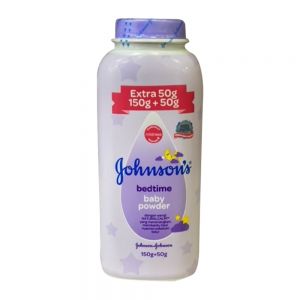
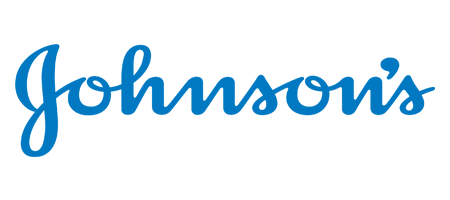
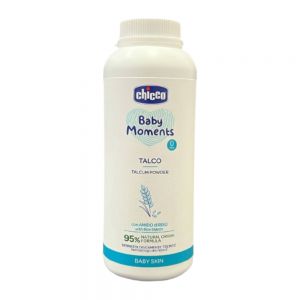
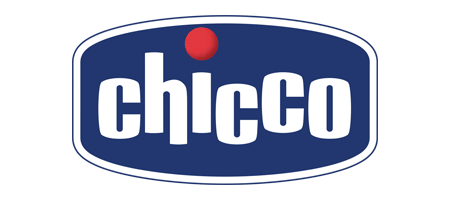
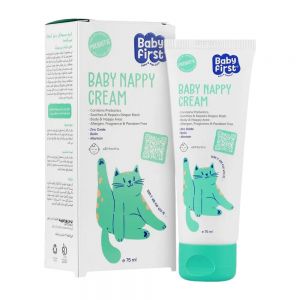

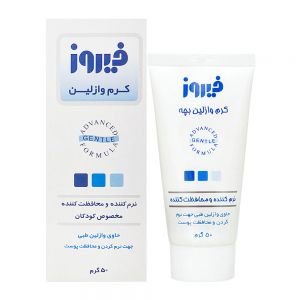
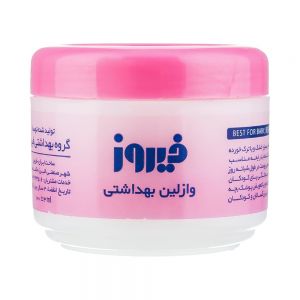
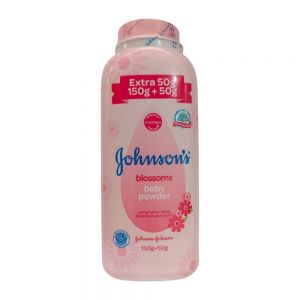
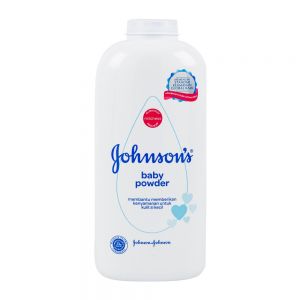
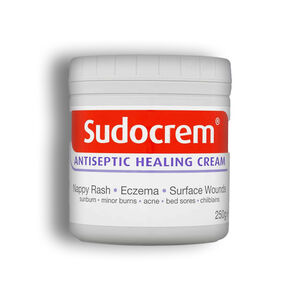

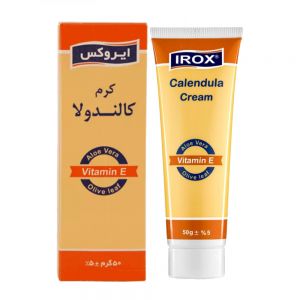


 شرکت پست
شرکت پست پیک موتوری
پیک موتوری